Our Liquid Mirror
Tom Reese's project tells the story of Longfellow Creek, a vital urban stream in the city of Seattle.
Share This Post:
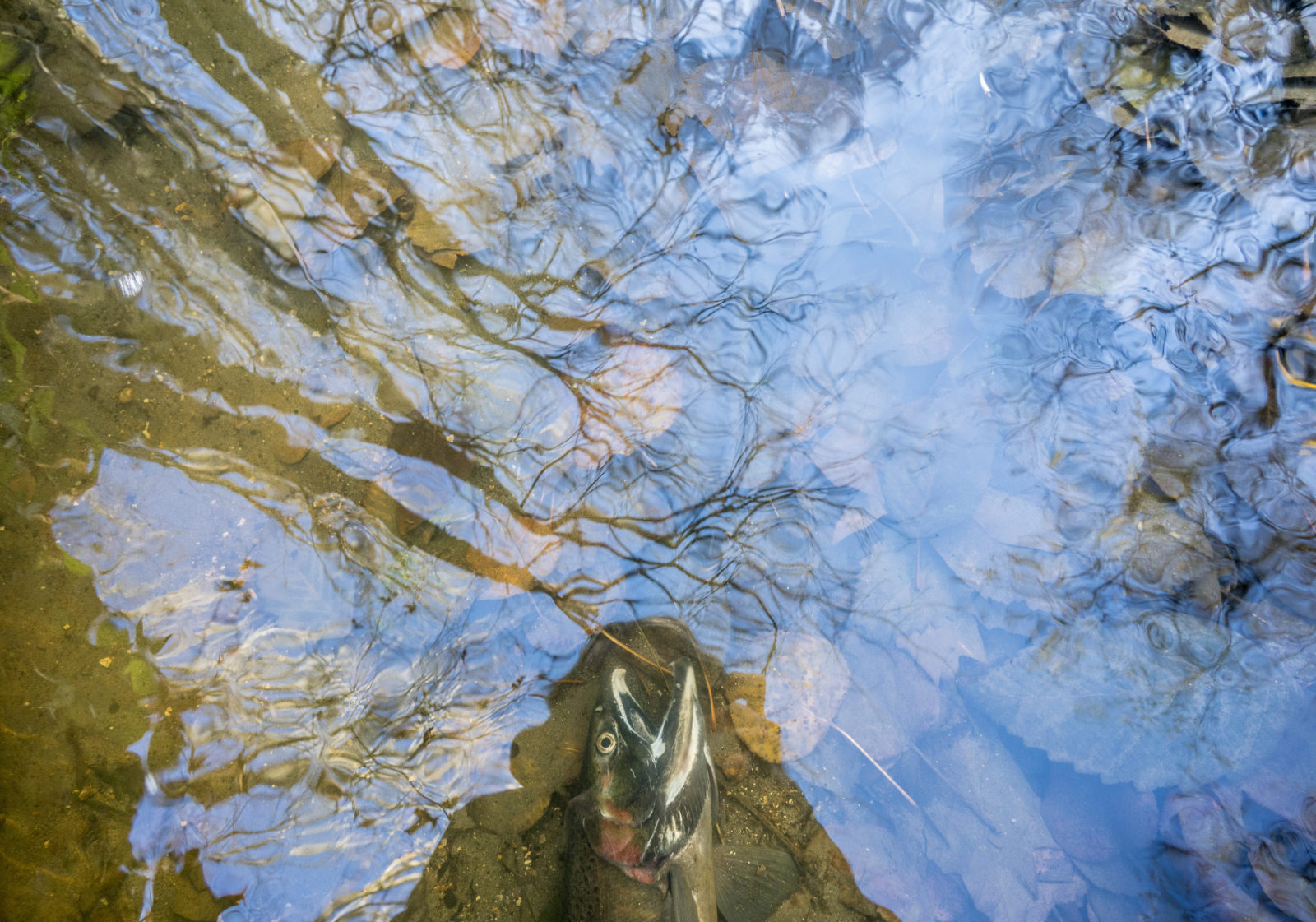
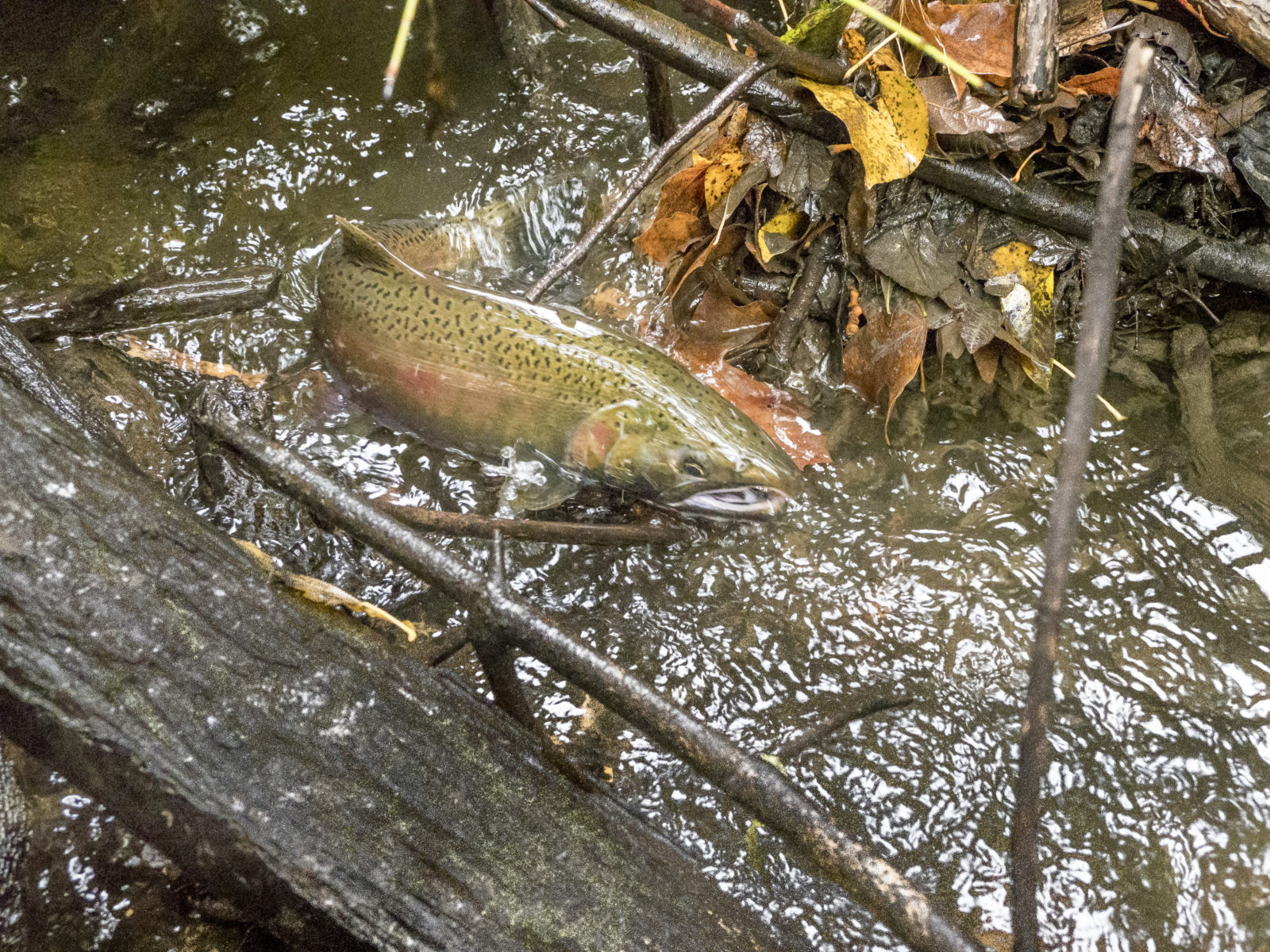
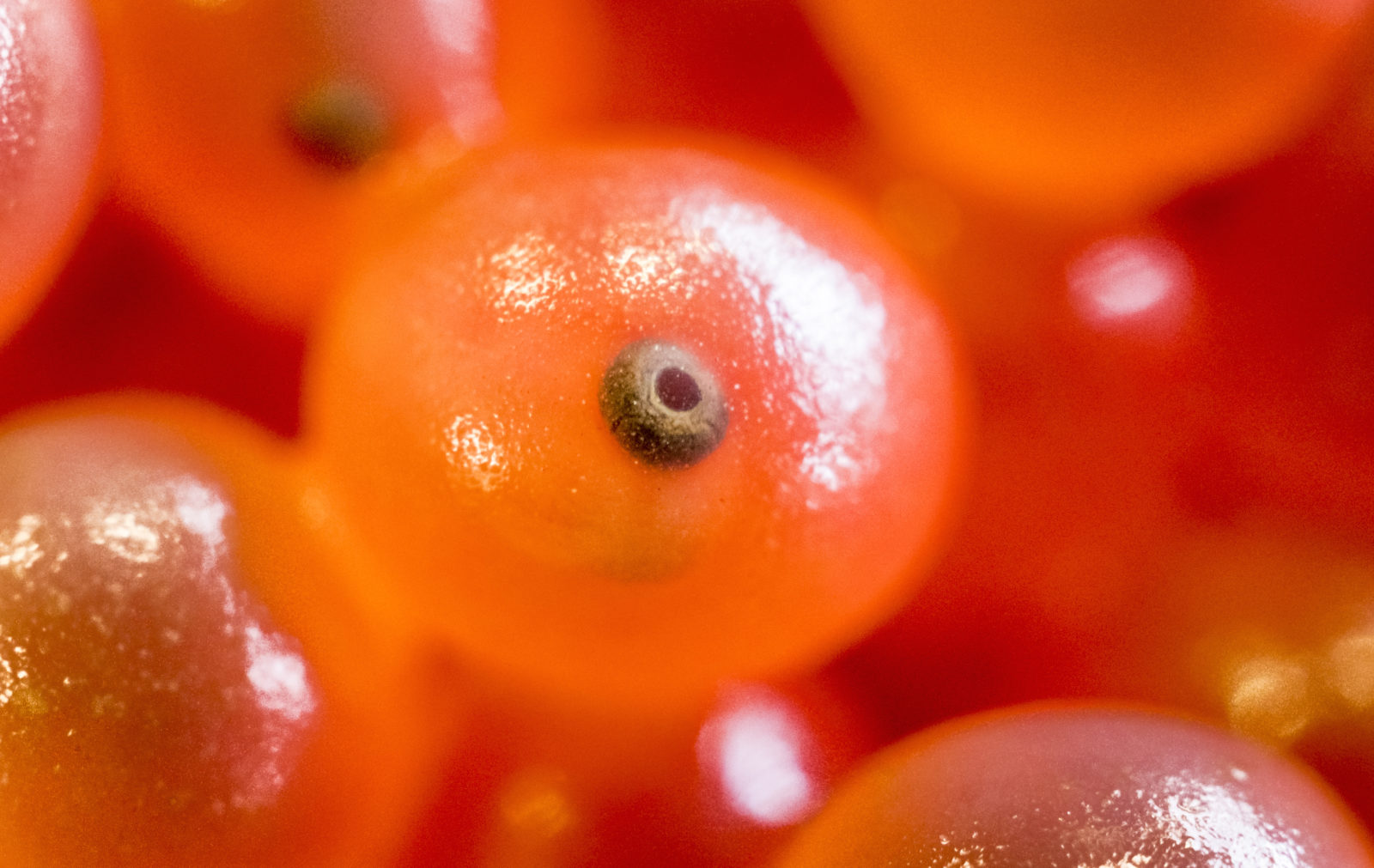
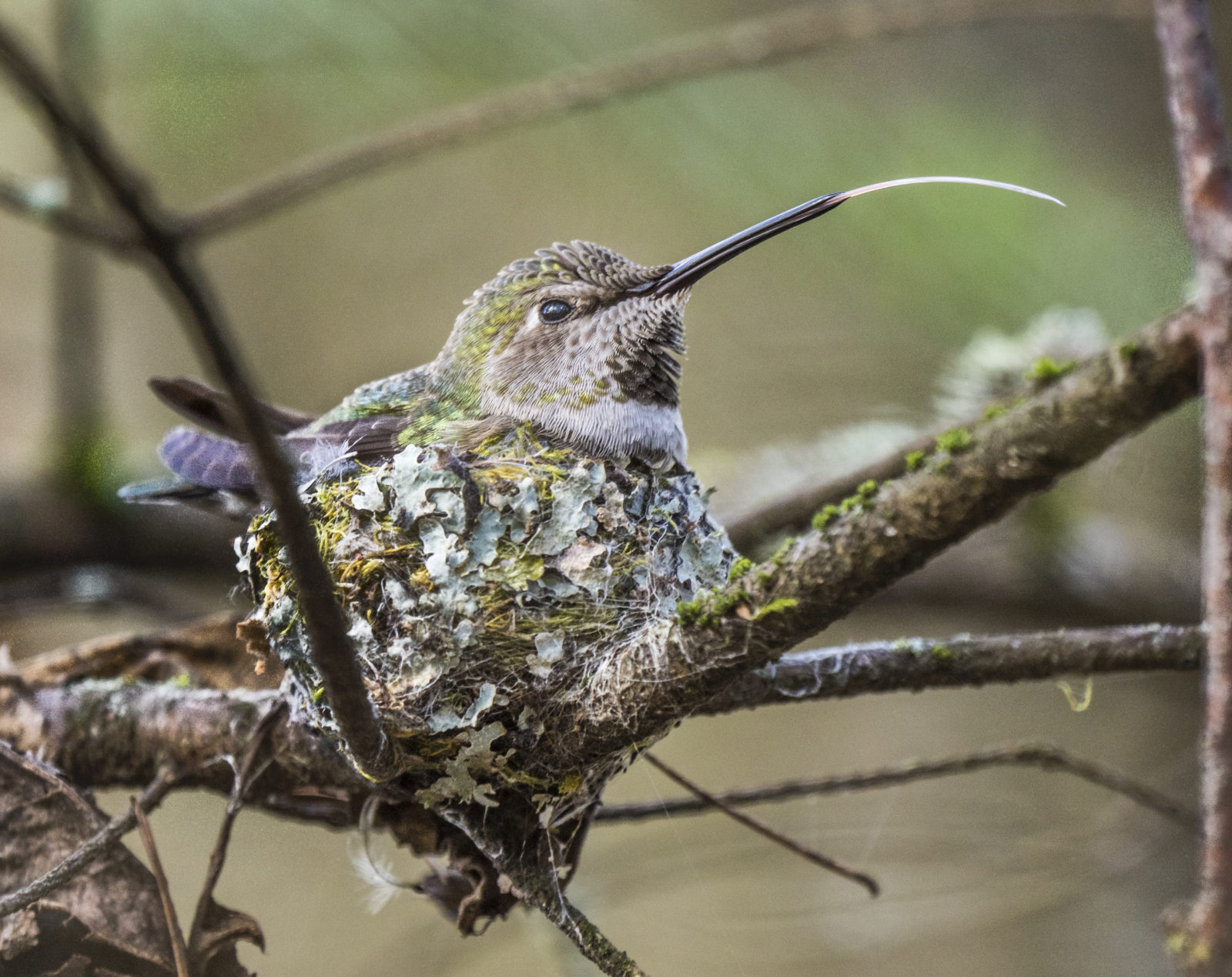
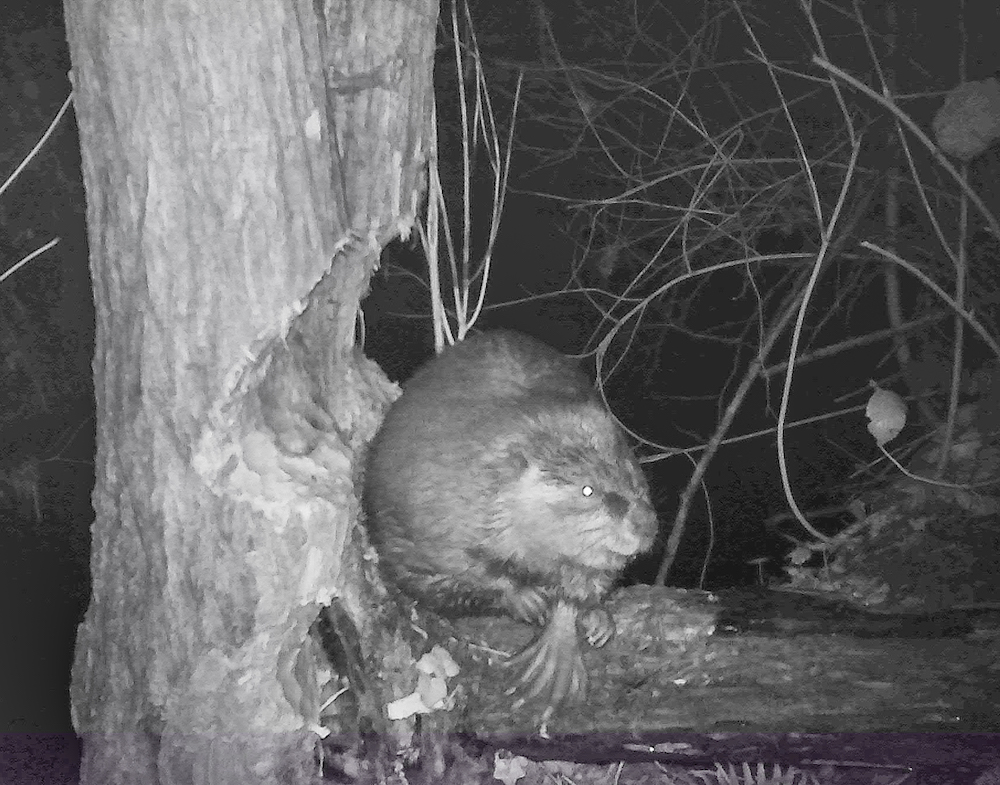
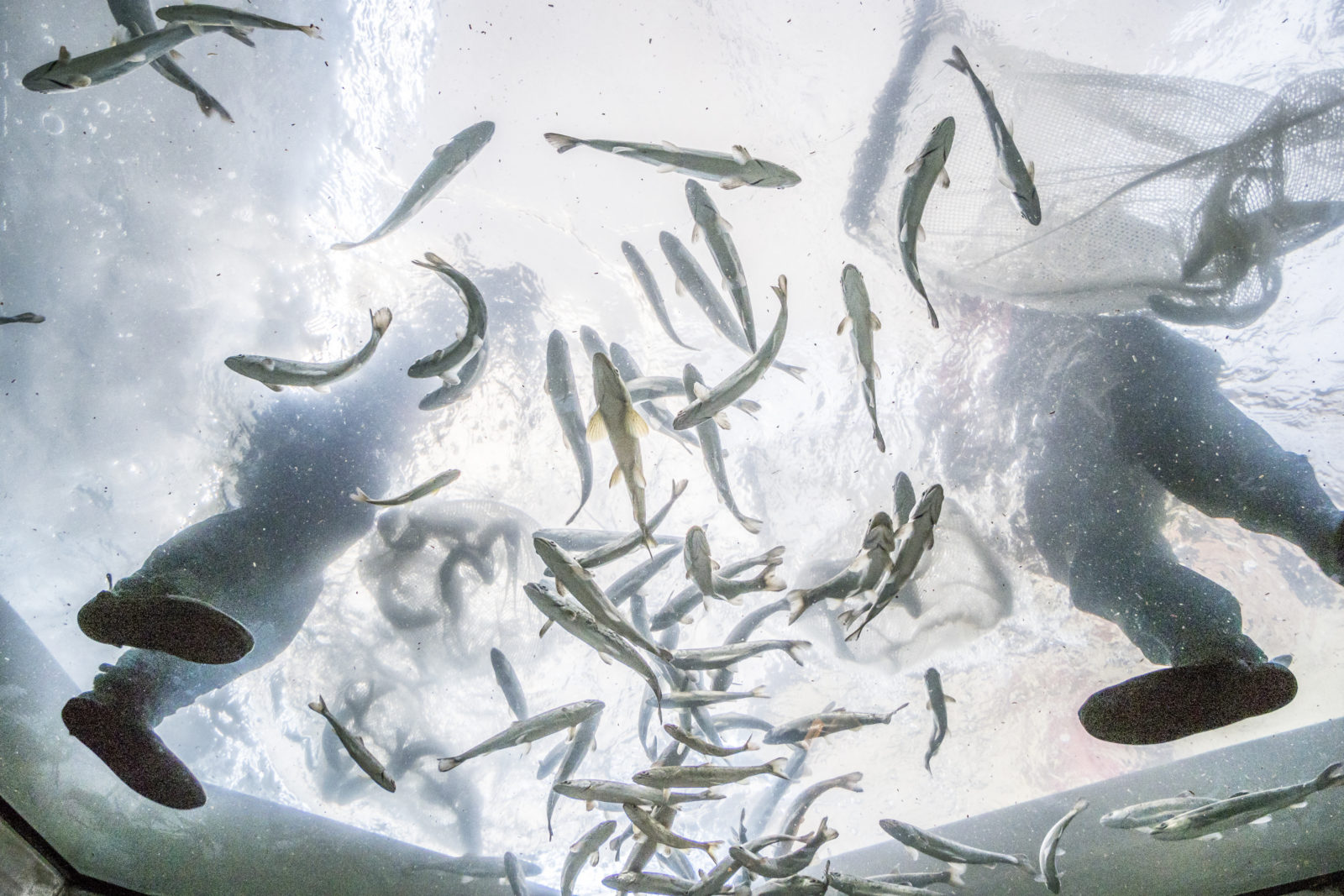
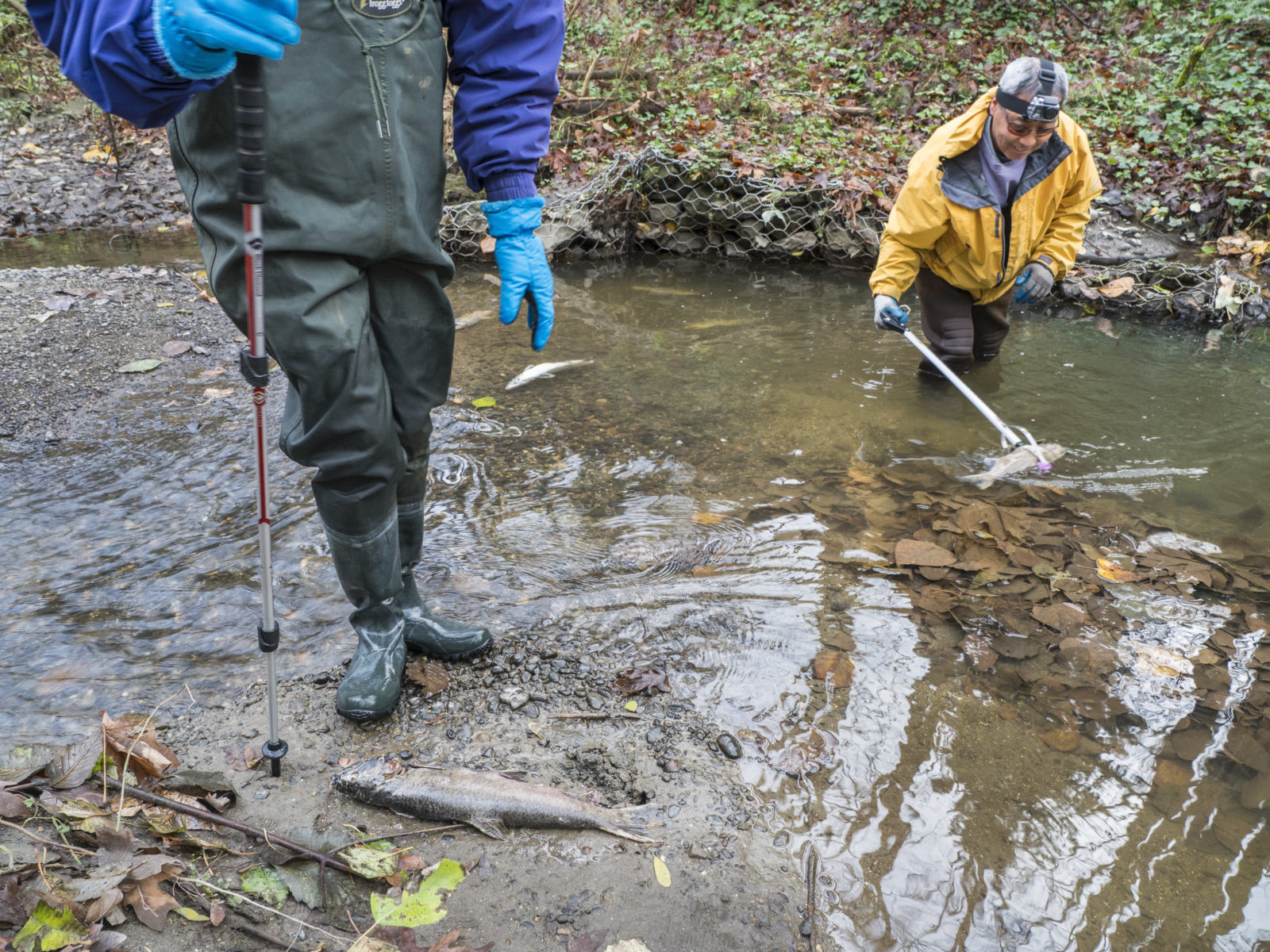
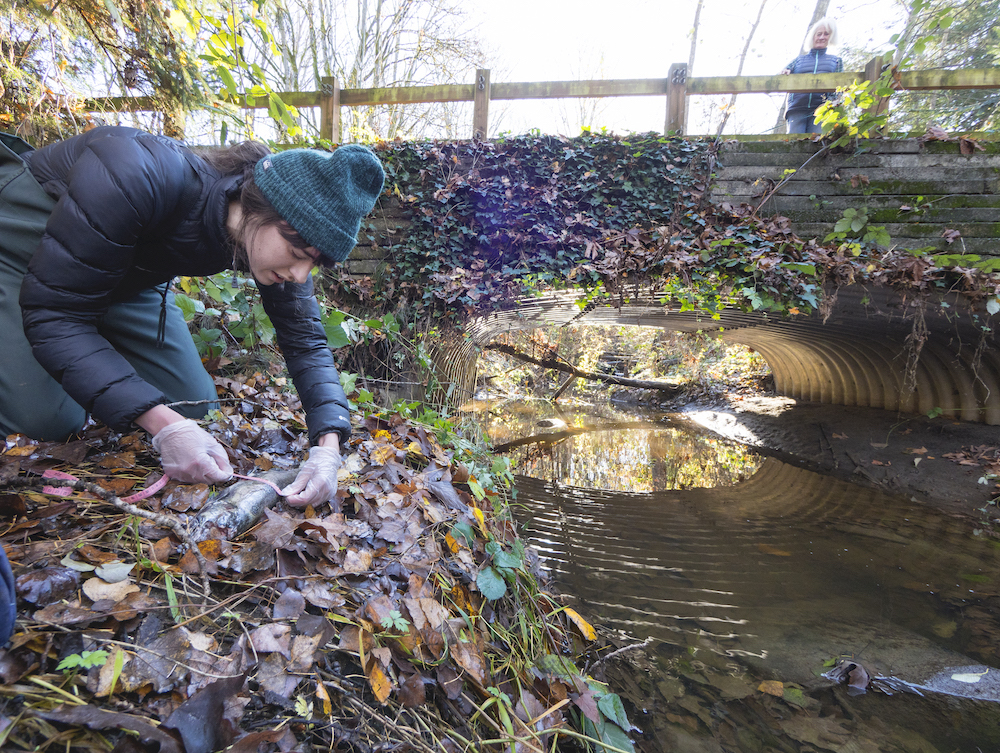
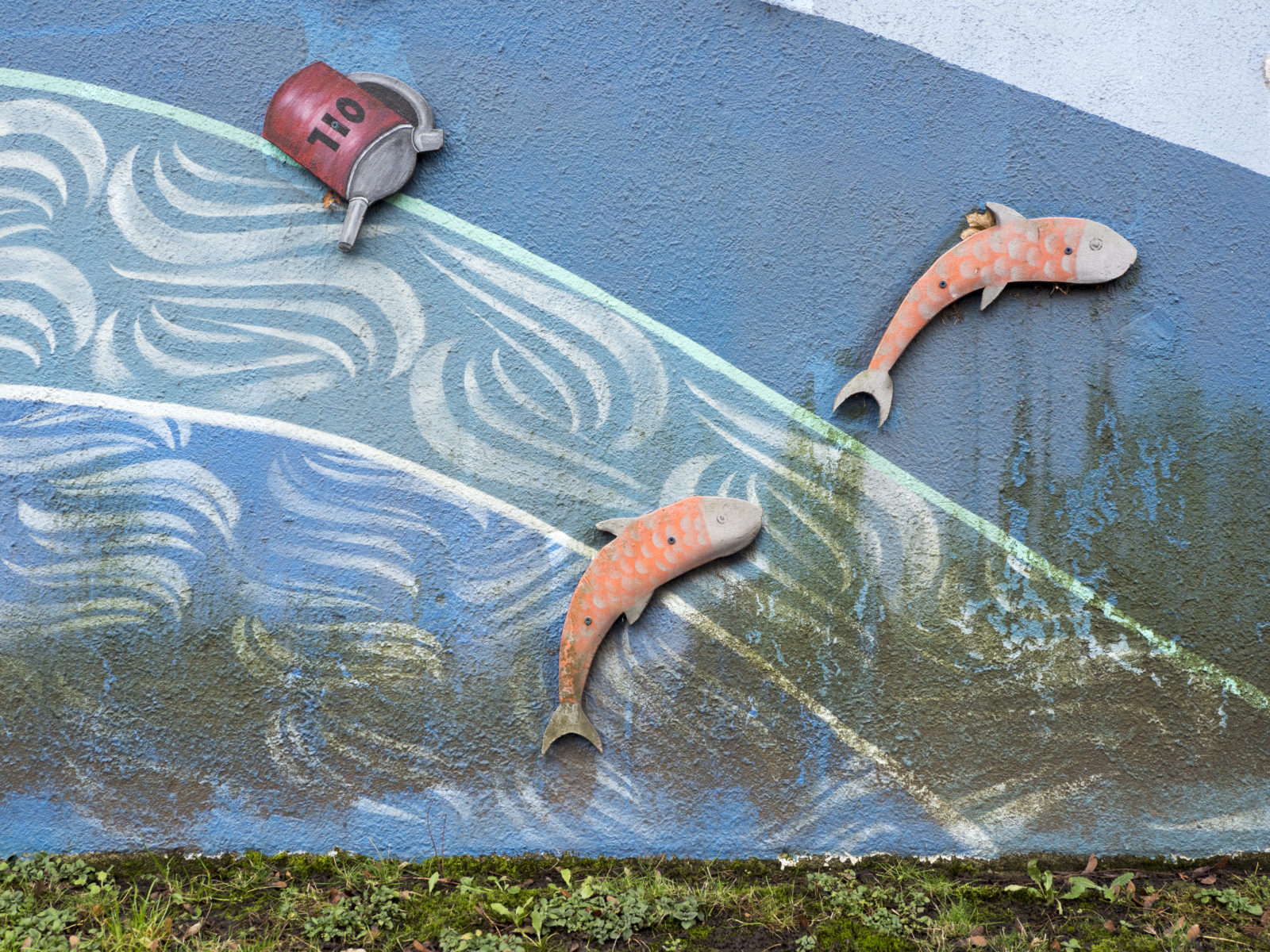
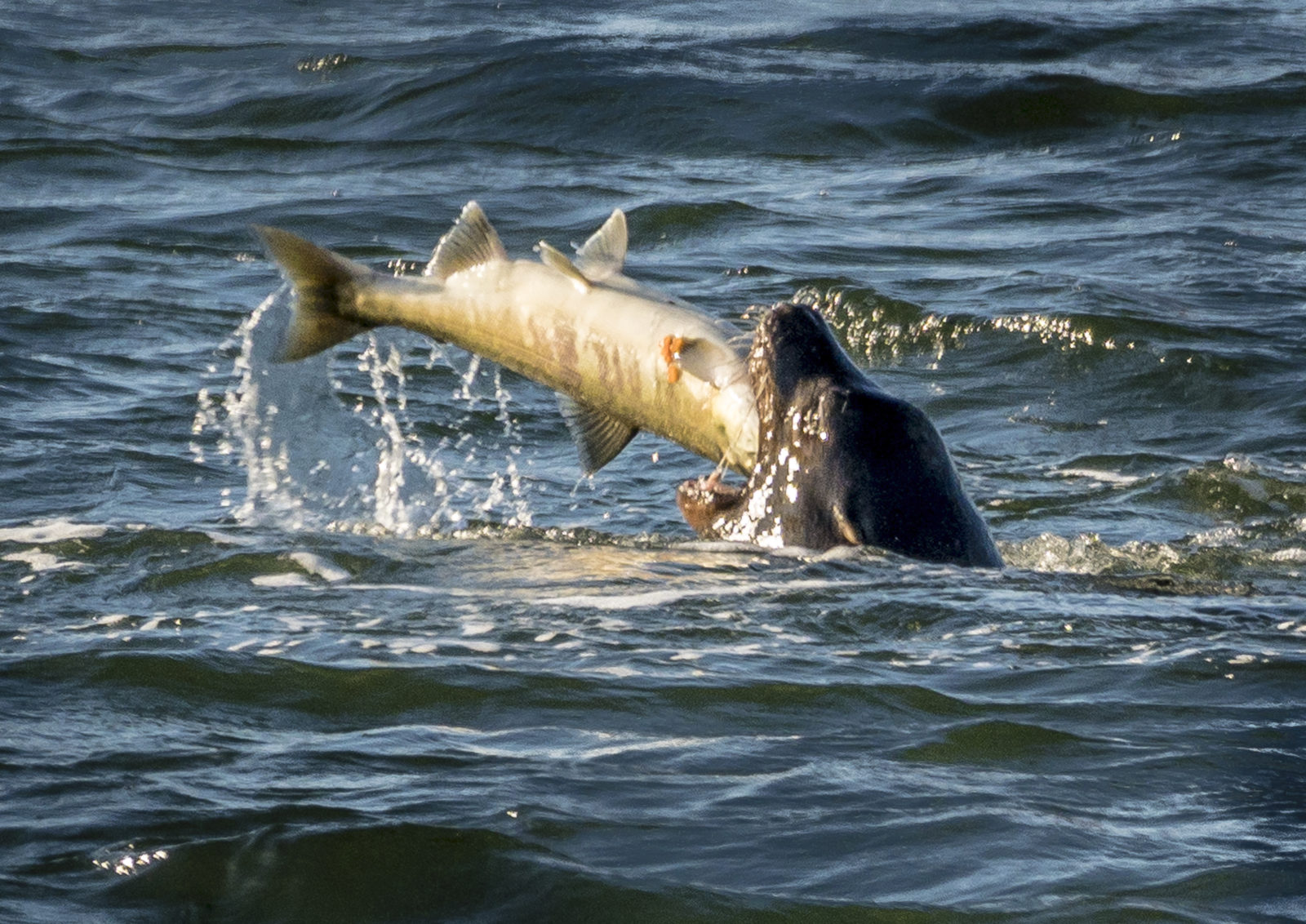
About Our Liquid Mirror
It feels almost absurd, having to state this: Healthy water is essential to life. People, other animals, plants, even soils and stones know and say this clearly in their own languages. But we also know that human nature allows for willful blindness, self-interest and short-term thinking, and even for conflict about how to live on our present and future planet. And in our quest to respect Earth’s water, we have lost our way.
My documentary photo project, “Our Liquid Mirror,” explores global themes that flow from the hope of healthy water. It focuses on Longfellow Creek, a once-mighty stream ecosystem, now greatly diminished, that runs through a diverse and densely populated neighborhood in the city of Seattle. Despite the creek’s many transformations over time, it still thrives like millions of Earth’s vital urban streams, and it offers to tell us critical stories about our relationship with water and how we see ourselves as part of the natural world.
The creek runs a short four miles, and before it was dense with pavement and modern people it was dense with ancient forest and salmon, sustaining its indigenous people for 10,000 years. But its natural flooding and lush dampness was in the way of the people who built the modern city, who manipulated, diminished, neglected and polluted as they felt necessary. The wetland bog that forms the headwaters of the creek has been so thoroughly altered that it recently caught fire. The mouth of the creek is now the end of a dark concrete pipe two-thirds of a mile long.
Coho salmon, banished completely for more than half a century, are desperately and somewhat miraculously returning again, but most are dying before they can spawn because of toxic poisons we let into their water. My work is compelled in part by personal experience with these afflicted salmon.
The creek runs through one of the most racially diverse, impoverished and underserved communities in the city and county. There are signs of hope, and efforts to help Longfellow Creek are offering potential benefit to streams facing similar pressures around the world, and by extension, to our rivers and oceans and people. Some of these signs: Humans have begun to treasure and re-story this unhealthy ditch and sewer, welcoming back wildlife, native plants and people; government agencies and developers are more often being held to account for environmental laws and regulations; individuals, including some from the nearby ethnic communities, have been following their own caring impulses for years, transforming this landscape to more resemble and function like its healthier self; the headwaters bog is about to undergo attempted restoration, which has been identified as an important environmental justice and social equity priority project; and, scientists will likely be able to say officially in the next six months that they have identified the particular poison responsible for coho deaths. That research is also identifying methods to better control pollutants in storm water.
